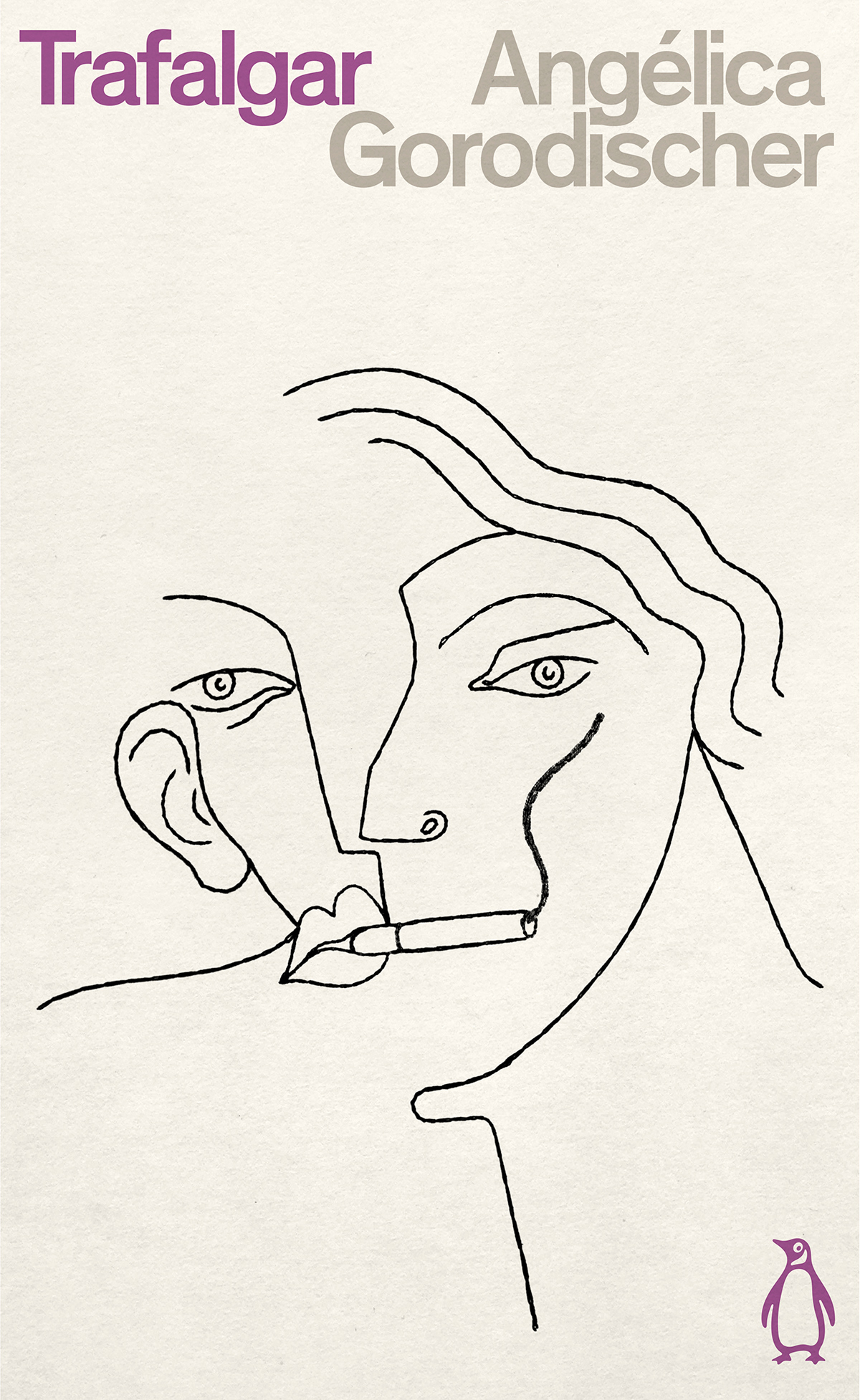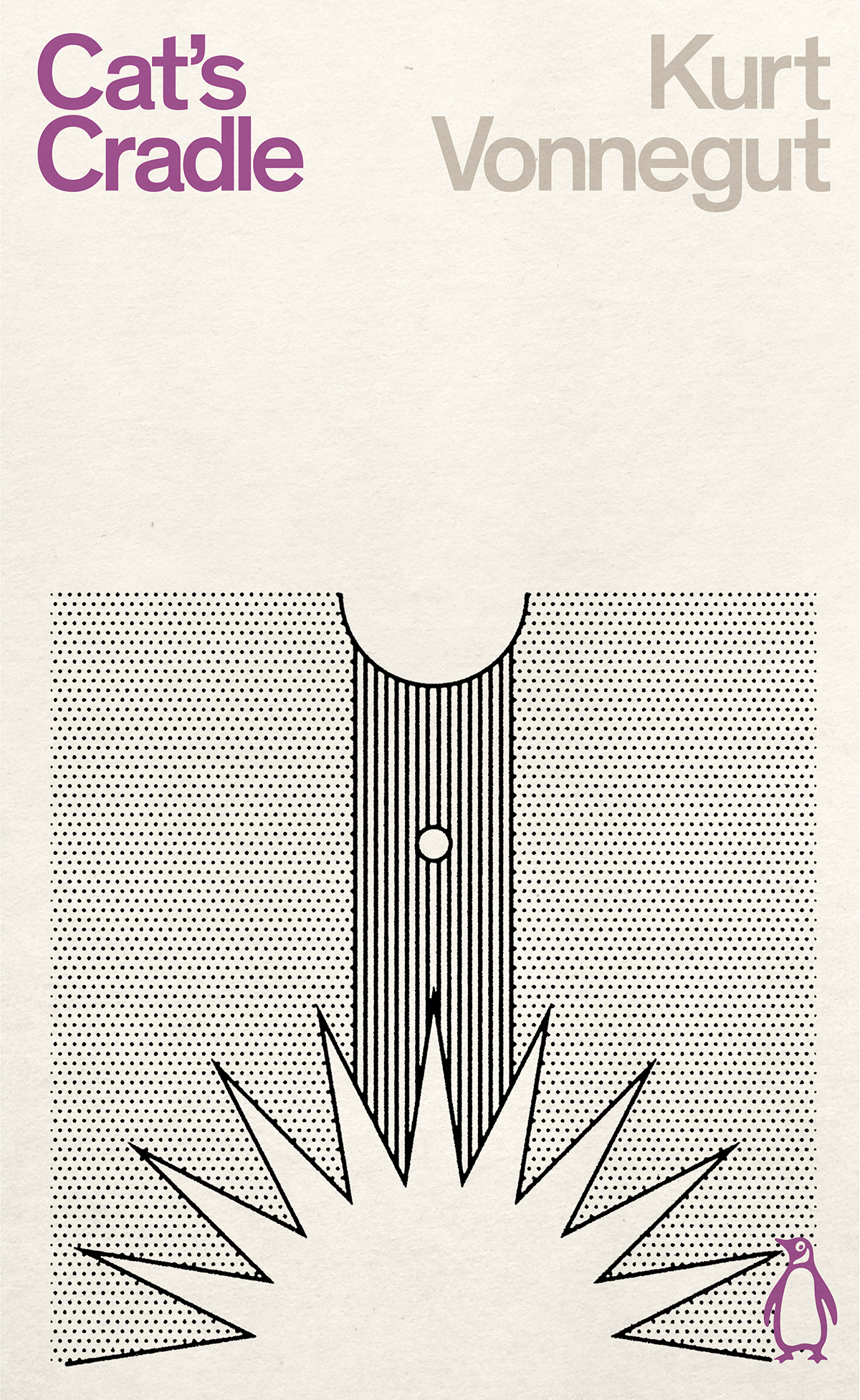Here’s a classic example of necessity being the mother of invention. Mask design has seen such blitzscaled innovation in the past couple of months, it’s truly remarkable how designers, engineers, and medical professionals have convened so passionately to tackle this pandemic. In just the past few months we’ve seen masks that are transparent, masks designed with miniature air-purifiers in them, and now the UV Mask, a mask that actively uses UV-light to filter the air you breathe, giving you an unparalleled total filtration efficiency of 99.99%.
We’re only half-way through 2020 and it seems like the virus still has tricks up its sleeve. With multiple scientists presenting evidence to WHO that the COVID-19 virus isn’t particulate-borne but rather is an airborne virus (which makes it much more difficult to deal with), it’s time our masks did more than just trapping particles. The UV Mask, unlike your conventional N95, doesn’t just trap microorganisms… it neutralizes them too, breaking down the genetic materials of coronavirus in milliseconds.
The UV Mask comes with a dual filtration system that delivers the cleanest air quality of any existing face-mask. A preliminary replaceable N95 filter blocks 95% of particles like dust, dirt, debris, up to 0.3 microns. Microorganisms smaller than 0.3 microns then enter the UV-C Sterile Vortex, a helix-shaped filter that blasts microorganisms with UV-C light to destroy 99.9% of the remaining 5% on a DNA level, to give you air that isn’t just clean, it’s medical-grade, sterile-clean, bringing total filtration efficiency to 99.99%.
The UV Mask scales down active UV filtration tech to a wearable level (it’s the only existing mask to do so). Its patent-pending design uses a combination of a CE-FFP2 (EU standard same as N95) filter and two powerful UV-C LEDs to actively sterilize the air you breathe. Even during exhalation, the air you breathe out is sterilized and filtered too, effectively protecting asymptomatic people from infecting others around them. The UV Mask comes with a silicone outer-ring to create a comfortable airtight seal, ensuring effective protection from air pollutants, as well as preventing what I personally call ‘foggy-spectacle syndrome’. Multiple strap styles let you secure the UV mask around your head or even around your ear, based on what suits you best. The mask comes with a removable outer hard-shell that lets you access and replace the filter after weeks of use, while the UV-C lamp itself has a usage life of 10,000 hours, and the UV Mask’s internal battery runs for 6 hours on a single full charge. The UV Mask comes with an optional carrying-case for securely storing the mask when not in use, and a pack of 10 replacement filters sets you back just $12.
Built with a 1-year warranty and 30-day satisfaction guarantee, the UV Mask is a state-of-the-art medical-grade air sterilization system made portable. Delivering an unmatchable 99.99% clean and sterile air, the UV Mask forms an incredibly effective line of defense against particles and microorganisms from entering your respiratory system. After all, like the video above says… Breathing air is natural, but breathing clean air is essential.
Designer: UM Systems
Click Here to Buy Now: $99 $247 (60% off). Hurry, only 2/4700 left and less than 5 days left! Raised over $2,400,000.

UV Mask – Real-Time UV-C Filtration & Purification Face Mask
The UV Mask equipped with UV-C purification is an antiviral, anti-pollution face mask that filters dust, pathogens, and allergens (like pollen & leaf mulch) from the air you breathe.


Equipped with a passive air filter, and a patent-pending Sterile-Vortex active protection, it filters and purifies 99.99% of air 10x faster than you can breathe. The UV-C light is sealed within the Sterile-Vortex, as you breathe, the air is sent through the vortex and purified under two 25,000μW/cm2 UV-C LEDs.

Dual Filtration – Beyond purifying, UVMask also filters air through a high-efficiency filter that blocks all air pollutants, dust, pollen, tobacco & bushfire smoke.

Daily Use Cases

UV Mask is designed to provide exceptional protection to those who are most at risk, whether due to increased environmental exposure or preexisting conditions.

Bars and restaurant staff.

Daily commuters and travellers.

Hairdressers.

Taxi and rideshare drivers.

Industrial workers.

People with allergies.

Family outdoor activities.
UV-C LED Purification

Consumer-grade UV-C light has never been practical. The light intensities and time required have been too impractical to purify effectively at the speed we breathe. Until now. UV Mask is the first-ever face mask to effectively integrate UV-C tech with the true power to purify the air in real-time.

As glass components reduce UV-C light transmission, UV Mask’s Sterile-Vortex uses the highest quality Sapphire crystal optics and high precision chip manufacturing to power each UV-C light.
Independently Certified by SGS-Lab


UV Mask has been independently tested and certified by the FDA-approved and ISO 17025 accredited SGS Labs.
The CE-FFP2 (EU Standards N95 equivalent) passive air filter has been tested according to the EN 149-2001+A1-2009 standards, receiving a 0.3-micron filtration efficiency of 99%.
The UV-C active protection has been tested against E. coli and Staphylococcus to have an average efficacy rate of 99.93%.
UV Mask Comparison Chart

Forget Foggy Glasses

The unique sideway air-intakes also stop saliva from spilling out or inside the UV Mask, as well as preventing your glasses from fogging up, unlike traditional cloth and surgical masks.
The Problem We Are Facing With Current Masks

In order for a face mask to be effective in protecting you from dust and particulates, it needs to be well sealed, and dense enough to filter out tiny particles as small as 0.1μm. While large amounts of pollution are visible to the naked eye (eg. smoke), they are still present in harmful quantities when not visible.
How Does UV Mask work?

With both a filter pad (95% filtration efficiency against 0.3μm particulates) and UV-C Sterile-Vortex (99.9% purification rate), UV Mask guarantees protection with 99.99% total filtration efficiency. At UM, the team spent years researching the ideal engineering and mechanism of UV-C purification technology that’s compact enough to fit into a face mask yet powerful enough to purify 99% of the air you breathe in real-time.

Replaceable High-Efficiency (95% Air Filtration). All air you breathe is filtered through this first layer of protection. The advanced filtration system uses CE-FFP2 air filters to block >95% PM0.3 particles, including air pollution, dust, VOCs, and other microscopic particles up to 100x smaller than a grain of flour. The UV Mask filters offer 40-50 hours of protection before filtration efficiency starts to drop.

Light-Sealed UV-C Sterile-Vortex with 99.9% Purification. The safest UV light for humans since it has the least penetrative capabilities through human skin, making it ideal for purification.
– Engineered and Manufactured in Japan
– Designed in the USA
– Double 25,000μW/cm2 (Lab Tested Actual Intensity) UV-C LEDs
– 1,000x+ More Powerful than the Competition
– Extra Safe Light-Sealed Design
– Low Heat Emission
– 10,000 Hours Life-Time

UV Mask’s Sterile-Vortex system uses two pure 265nm 25,000μW/cm2 Ultra-High Intensity UV-C lights, making it powerful enough to purify the air in less than 0.1 seconds. In 1 second, it can effectively purify between 6-10 liters of air. To put that into perspective, your average breath is 0.5 liters.
UV-C Intensity Test
Since most materials block UV-C, UM uses a patent-pending material and precision-engineered vortex design to allow the maximum time and surface exposure to UV-C while air flows in and out of the UV Mask. Exposure time and air-surface are two critical factors in purification effectiveness. Since UV-C purifies by breaking down genetic material, the smaller the organism, the faster and more effective.
Inhale & Exhale: Dual-Way Air Protection

UV Mask purifies both the air you inhale and exhale, increasing safety for both yourself and others around you. This is especially useful for asymptomatic individuals.
Breath Naturally

UV Mask’s skin-soft medical-grade ergonomic silicone hugs your face. 100% airtight, it ensures any air you breathe is passed through its 2 patent-pending dual-way filters.
Built for Comfort & Durability

UV Mask’s hardcover front shell is resistant to drops and scratches, protecting the filter and Sterile-Vortex within. With its hardcover and tightly sealed design, you can safely use your UV Mask in the rain. Certified to IP54, your UV Mask’s filter and interior components are protected from environmental water and moisture, as well as dust and airborne particulates.

Two 1,200 mAh Li-Po batteries allow for up to 6 hours of continuous use on a single charge. And with its fast-charging enabled USB-C port, you’ll be ready to go again in under 90 minutes. Even if you run out of charge, your UV Mask’s passive air filter will still protect you from pollution, dust, pollen, and other particles larger than 0.3 microns.
Rigorously Tested For Safety

Filtration Efficiency Tests – On top of the Sterile-Vortex technology that purifies 99.9% of the air, UV Mask also provides a 95% high filtration efficiency against 0.3 microns particulates (PFE≥ 99% | BFE ≥ 95% | VFE ≥ 95%) through its removable filter pad.

Airtight Seal Fit Tests – A reliable face seal is critical to achieving high levels of protection. UV Mask’s fit factor according to the FDA-approved Portacount 8030 test achieved an average of fit factor higher than 100 — the level required for NIOSH certification.

Click Here to Buy Now: $99 $247 (60% off). Hurry, only 2/4700 left and less than 5 days left! Raised over $2,400,000.
























































































